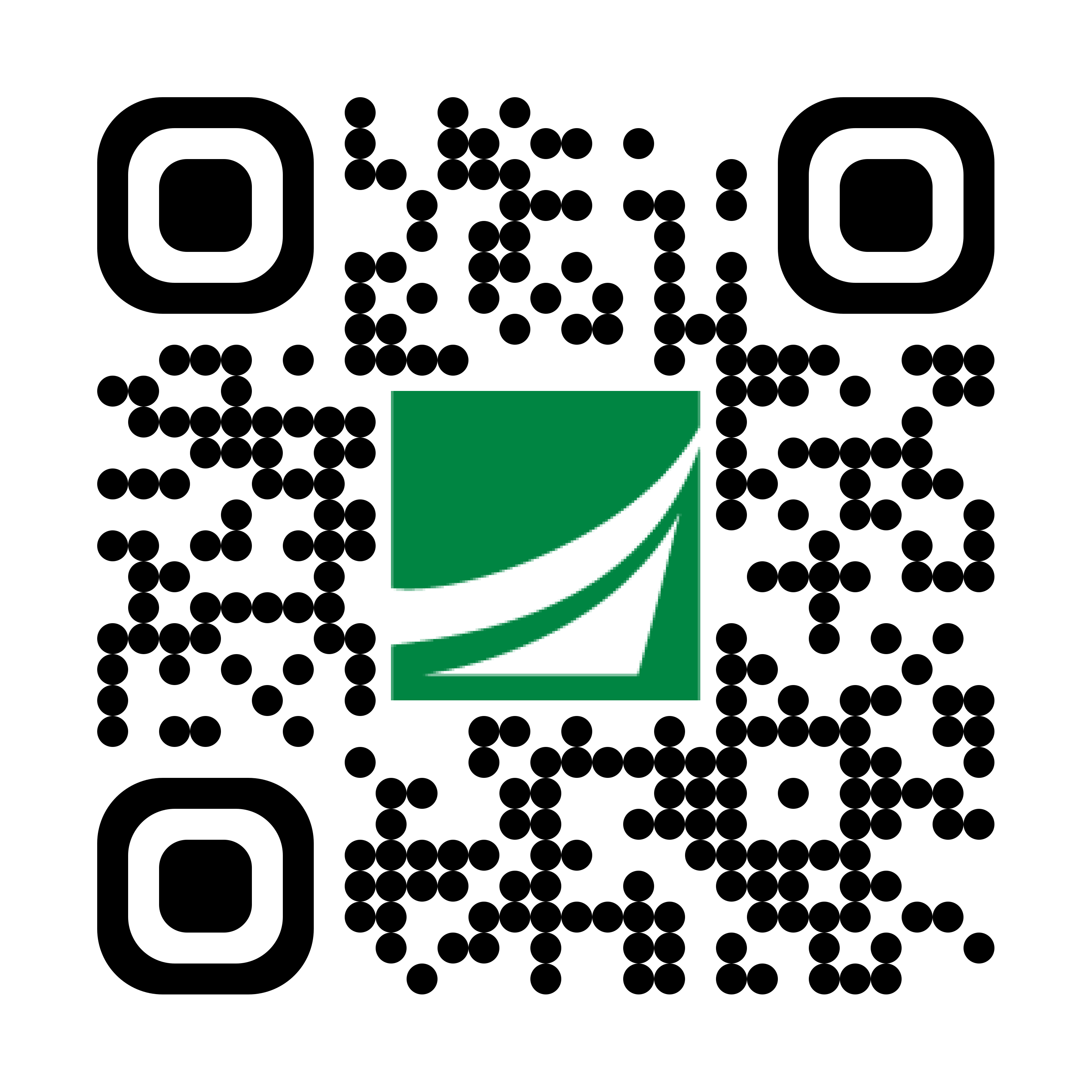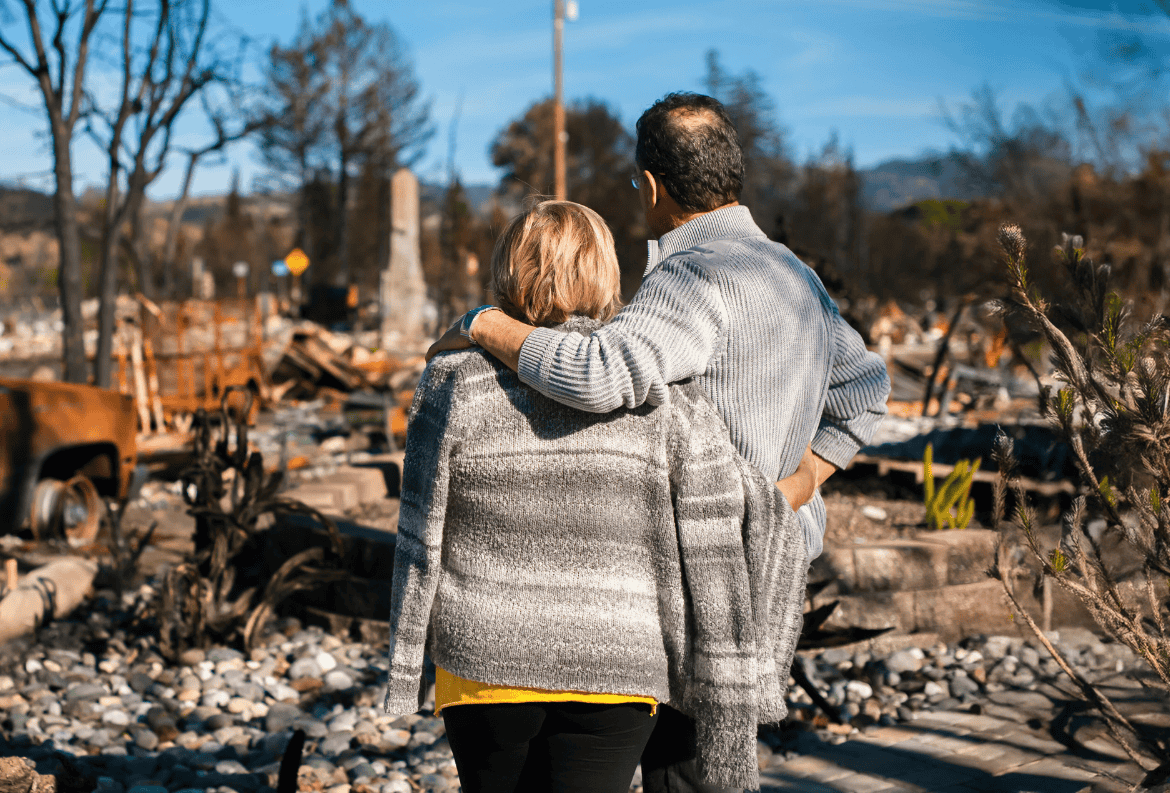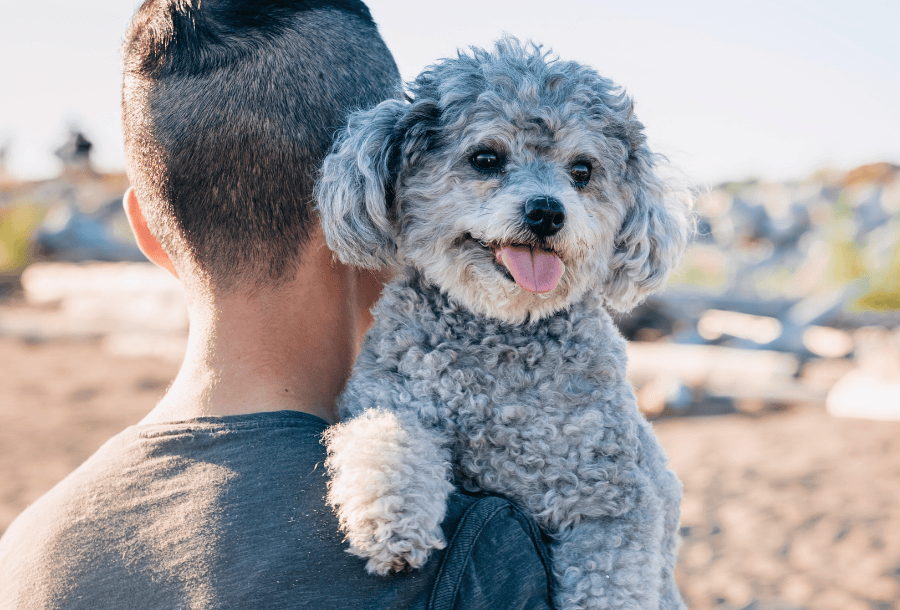
Contact Us
Bank Routing Number
107001481
Bank by Mail/General Mail
PO Box 26458
Kansas City, MO 64196
Deposit Only Mailbox
PO Box 26744
Kansas City, MO 64196
Phone Number
1-877-712-2265
Download our app
Access your
accounts here.
accounts here.

Grab your phone and scan the code to download!
featured
2025-09-29
Personal Loan
published
4-minute
After a Disaster, Can a Personal Loan Help with Recovery?

-
-
Natural disasters don't send calendar invitations. Hurricane winds shatter windows within minutes, floods destroy belongings overnight, and wildfires force families to evacuate with nothing but the clothes on their backs. While we can't predict when disaster will strike, we can prepare for the financial challenges that follow.
With hurricane season in full swing and extreme weather events becoming more frequent, knowing your financial assistance options has never been more important. Here’s what you need to know about the financial impact of disasters, recovery resources, and how personal loans can help fill the gaps.
How Disasters Affect Your Finances in America
Disasters are happening more often, and many Americans aren’t financially ready. The latest figures show the impact:
- In 2024, the total United States economic losses from natural disasters reached $217.8 billion—with over $105.3 billion not covered by insurance.1
- That same year, the U.S. faced 27 disasters costing over $1 billion each in damage—plus many others cost millions and major disruption.2
- More than 2.6 million homes across 14 states are at moderate to very high risk of wildfire damage.3
- The U.S. averages 1,200 tornados every year.4
- Roughly 53% of homes in flood-prone areas don’t have flood insurance, leaving 3.4 million homes without coverage.5
- About 37% of U.S. adults cannot cover a $400 unplanned expense using cash, savings, or a quickly repaid credit card.6,7
- Only 55% of Americans have enough savings to handle 3 months of expenses.7
These figures show just how unprepared many Americans are for the financial impact of disasters. Therefore, by understanding the gaps in savings and insurance, you will make smarter decisions when planning for recovery.
How to Pay for Recovery After a Natural Disaster
In the wake of a weather emergency, many financial resources become available, but each comes with limitations:
1. Government Support Programs
Federal assistance like FEMA and SBA Disaster Loans can be a lifeline after a weather emergency, but getting help isn’t always quick or easy. Applications may take weeks—or even months—to be approved, and everyone doesn’t qualify. Even if you get approved, the money won’t cover all your recovery expenses.
2. Insurance Coverage
We can all agree that insurance is essential, but it’s not perfect. Many insurance policies have coverage gaps. For instance, homeowners insurance typically doesn’t have protection for flood damage, and even the best policies might not pay for temporary housing or replacing all personal belongings. Plus, insurance claims can take weeks to process before payments are made.
3. Emergency Funds
Having emergency savings is critical for protecting yourself against disasters. However, it’s not enough for most Americans because disasters are EXPENSIVE. Most people don’t have the resources set aside to handle major expenses like debris removal, extensive home repairs, or replacing lost belongings. And even if you do have enough saved, you will find that serious disasters quickly drain your funds, leaving you with limited options and financial stress.
Why is a Personal Loan a Good Option for Disaster Expenses?
So how do you pay for disaster recovery if your other options fall short? A personal loan can solve the problems that other financial resources fail to address:
- Fast Access to Funds: Personal loans are approved and funded within a few days, so you can start recovering immediately without waiting weeks for insurance or federal aid.
- Flexible Use: Unlike insurance or FEMA grants, personal loans can be used for a wide range of expenses: home repairs, hotel stays, replacing furniture, medical bills, or even lost income.
- Fixed Interest Rates: Your monthly payments stay the same with fixed interest rates. This predictability will help you budget during a stressful disaster recovery period.
- No Collateral Required: Most personal loans are unsecured, so you don’t need to risk your home or car in order to receive funding.
- Financial Gaps: Despite having insurance or qualifying for federal assistance, there are still leftover costs (i.e., deductibles, partial reimbursements, or expenses that aren’t eligible). A personal loan can bridge that gap.
Smart Borrowing Tips During a Crisis
Taking on debt after a disaster is important decision that requires serious consideration. Start by determining your true needs by creating a post-disaster budget that separates urgent costs from long-term expenses. Estimate how much assistance you will get from insurance and federal aid so you don’t borrow more than necessary.
When you are choosing a loan, look for repayment terms that match your recovery timeline. If you expect insurance money within the next couple months, a short-term personal loan might work best. Meanwhile, if recovery takes several months, consider a long-term personal loan with smaller monthly payments. This will give you some breathing room while you are rebuilding.
Keep in mind: Personal loans should support—not replace—insurance claims and federal aid. They are meant to bridge the gap until other resources become available, or cover costs that those programs don’t fully support.
PRO TIP: It’s smart to establish a banking relationship before you need a personal loan for emergency funds. Doing so will streamline the loan application process when times are critical.
Where to Get a Personal Loan for Disasters
Financial recovery after natural disasters can be tough, but it’s definitely possible with the right planning and support.
Academy Bank is headquartered in Kansas City, right in the middle of Tornado Alley. We see firsthand how quickly storms can strike and cause disruption. So, if you are facing the aftermath of a storm, flood, earthquake, tornado, or fire, we are here to help! Our best personal loan is called the “Express Loan,” and it can help you bounce back and move forward.
Why choose the Express Loan?
- Available to a wide range of credit scores
- Quick and simple application process with fast decisions
- Loan amounts between $250 and $15,000
- Customizable repayment terms to fit disaster recovery timelines (choose 6 to 48 months)
- Fixed interest rates for easy budgeting and planning
Weather emergencies can quickly turn your life upside down. Start rebuilding with support from Academy Bank! Apply for a personal loan today and take charge of your recovery!
MORE EMERGENCY RESOURCES:
Money Market Accounts for Emergencies*
How to Build an Emergency Fund
Emergency Savings Calculator
What is FDIC Insurance?
The Express Loan is subject to credit approval. Restrictions apply. Direct deposit relationship required. Origination fee, 10% or $100, whichever is less. Annual Percentage Rate (APR) is based on credit score. Only one personal loan allowed to any borrower at any time. Loan terms are based on the loan amount.
* Minimum $25 deposit to open the Premier Money Market Account. A monthly service charge of $10 will be imposed every month or statement period if the balance in the account falls below $1,000 on any day of the month or statement period. Six (6) transactions per statement allowed. Excessive withdrawal fee of $10 per item over 6 withdrawals per statement cycle. Free eStatements or $5 paper statement monthly fee. Closing your account within 90 days of opening will result in a $25 early closure fee.



